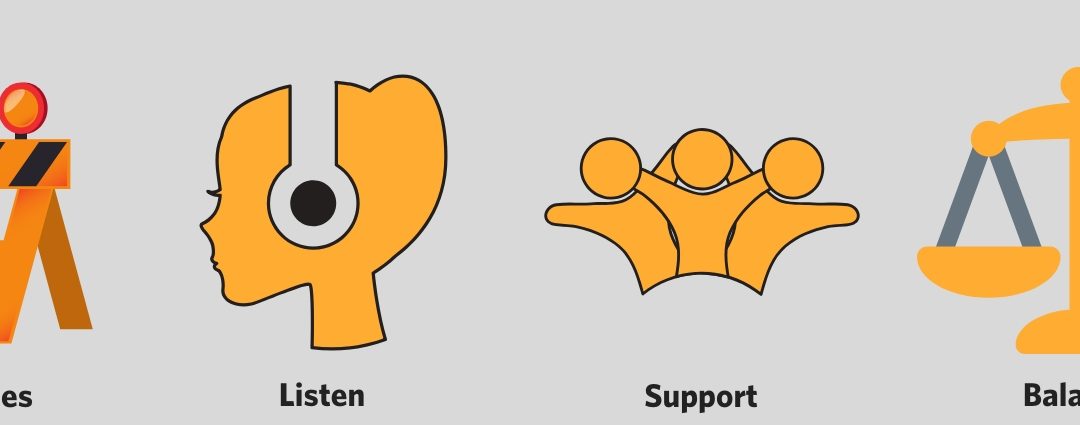During the Christian, American holiday season many of us spend time with family; perhaps for a longer duration than at other times throughout the year. We may have the opportunity to better observe the daily routine of a grandparent, parent or sibling. The reality that our once indestructible uncle now needs help to brush his teeth or that grandma has put herself on ‘house arrest’ for fear that grandpa will fall if she leaves is both tough and inevitable. Every human being ages and most of us will need assistance to perform typical daily activities. While facing with this unavoidable situation, I started thinking about care taking, care giving and the difference in relationship structure between the two. This brainstorm led to ‘gee, there’s a leadership lesson here’. Let’s tackle the words and then apply the lesson.
A quick search returns that there is most certainly a difference between care taking and care giving. Care taking is presented in a more aggressive, self-absorbed, and even manipulative manner; the relationship is akin to a hostile takeover to create complete dependency. Care giving is compassionate, selfless and balanced; the relationship is supportive and equal. (Here’s a great resources for further understanding the difference; Reference 1. Here’s a great resource about care taking as a form of addiction; Reference 2.) I’m sure you already have in mind someone who fits each of these descriptions and if you’ve clicked on the link for Reference 1, are more aware of your own behaviors and where they sit. So here’s the question; which would you prefer for your grandparent? Parent? Self?I’m willing to bet that if you have read this far, it’s care giving. We want a care giver who is gentle with our deteriorating mind and body, firm yet compassionate, and confident in their own boundaries. We want to close out our human years with dignity.
Now, what the heck does this have to do with leadership? The employment relationship is very like a care relationship. When we look at management structures and behaviours from much of the 20th Century,they fall into the care taking model; assuming they know best, disregarding boundaries and needing to be needed. Thankfully, we are seeing a shift to a care giving relationship between employer and employee. While boundaries are blurred due to technology, employees are engaging in self care, are more apt to help others, and are respecting others’ opinions. Leaders who are pushing their organizations in the care giver direction are on a better path to success.
If you or your organization find behaviours aligned with the care taking model, here are a few things to consider to help shift to a care giving model.
- Ensure your leaders have a good sense of boundaries and maintain those boundaries. That means not being Facebook friends, beer buddies, or marital counselor. Care giving leaders have a healthy sense of self and do not need to be overly involved in their employees’ lives.
- Reward those who practice active listening. This means listening to understand; not listening to respond. Leaders who attentively listen to the details of a problem are better situated to help the employee get to the true root cause.
- Reward leaders who support their employees. Care giving leaders support in problem solving because of their true desire to help rather than fix. They work with the team in a non judgmental manner; offering authentic praise to others.
- Provide opportunities to practice self care and maintain balance. Leaders must be empowered to send Sally to her daughter’s dance recital; another team member can wrap up this project. A time will come when Sally can cover.
The employment relationship is a care relationship where employers can be active care givers. I’m certain the short and long term benefits of following these tips will return growth and satisfaction for employer and employees alike.

